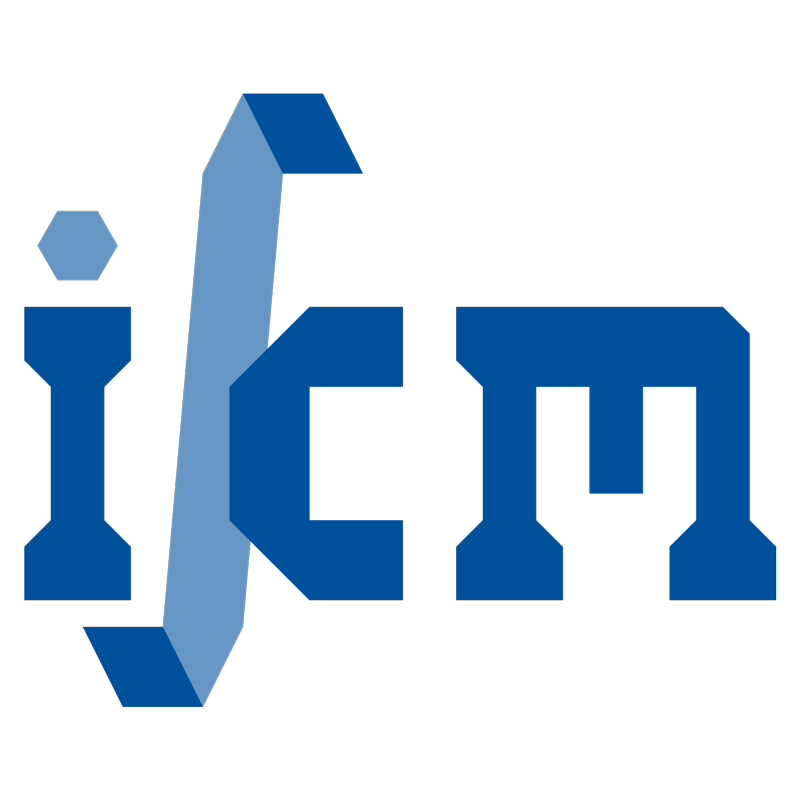Mechano-chemo-biological model of atherosclerosis formation based on the outside-in theory
- verfasst von
- Meike Gierig, Alexandros Tragoudas, Axel Haverich, Peter Wriggers
- Abstract
Atherosclerosis is a disease in blood vessels that often results in plaque formation and lumen narrowing. It is an inflammatory response of the tissue caused by disruptions in the vessel wall nourishment. Blood vessels are nourished by nutrients originating from the blood of the lumen. In medium-sized and larger vessels, nutrients are additionally provided from outside through a network of capillaries called vasa vasorum. It has recently been hypothesized (Haverich in Circulation 135:205–207, 2017) that the root of atherosclerotic diseases is the malfunction of the vasa vasorum. This, so-called outside-in theory, is supported by a recently developed numerical model (Soleimani et al. in Arch Comput Methods Eng 28:4263–4282, 2021) accounting for the inflammation initiation in the adventitial layer of the blood vessel. Building on the previous findings, this work proposes an extended material model for atherosclerosis formation that is based on the outside-in theory. Beside the description of growth kinematics and nutrient diffusion, the roles of monocytes, macrophages, foam cells, smooth muscle cells and collagen are accounted for in a nonlinear continuum mechanics framework. Cells are activated due to a lack of vessel wall nourishment and proliferate, migrate, differentiate and synthesize collagen, leading to the formation of a plaque. Numerical studies show that the onset of atherosclerosis can qualitatively be reproduced and back the new theory.
- Organisationseinheit(en)
-
Institut für Kontinuumsmechanik
Institut für Baumechanik und Numerische Mechanik
- Externe Organisation(en)
-
Medizinische Hochschule Hannover (MHH)
- Typ
- Artikel
- Journal
- Biomechanics and Modeling in Mechanobiology
- Band
- 23
- Seiten
- 539-552
- Anzahl der Seiten
- 14
- ISSN
- 1617-7959
- Publikationsdatum
- 04.2024
- Publikationsstatus
- Veröffentlicht
- Peer-reviewed
- Ja
- ASJC Scopus Sachgebiete
- Biotechnologie, Modellierung und Simulation, Maschinenbau
- Elektronische Version(en)
-
https://doi.org/10.1007/s10237-023-01790-7 (Zugang:
Offen)


